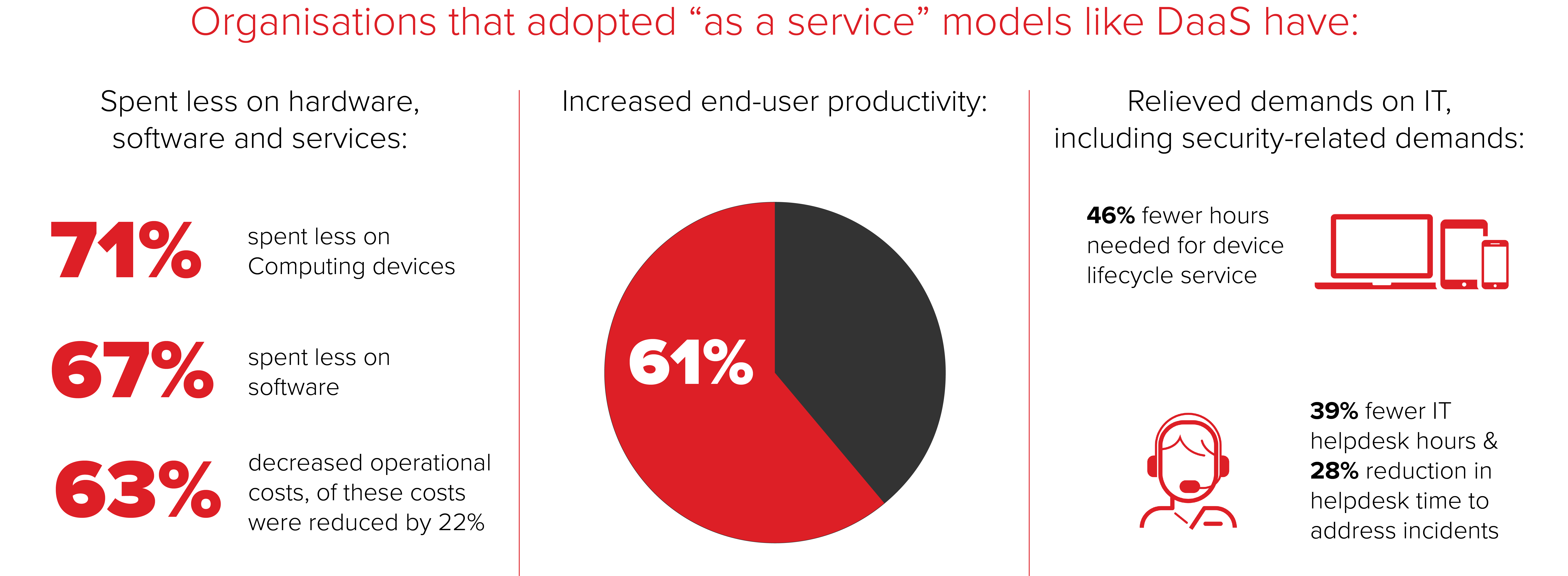Stay up to date with our latest news and insights
Supporting description on the types of content that feature in the blog.
08 October 2020

In 2020, IT teams around the world have been faced with a whole host of new challenges - from supporting home workers on potentially unknown devices through to dealing with an increase in security breaches as a result of more employees working remotely.
It’s been a tough year, and it’s not over yet.

As the business world continues to transition to remote working as the norm, especially in light of the ongoing pandemic, IT teams are having to find new ways of working to support users on different networks, different devices and all through remote support.
Here are 3 ways to help reduce the time you spend managing the current device fleet:
With workers spread out in their own homes, there’s a good chance you’ve lost some visibility of their devices and it’s only when the inevitable email or phone call comes saying they’re having issues with their device that you’re made aware of a problem.
With better analytics and more importantly, proactive analytics, you can regain visibility of the devices across your company and start to scrutinise the data to see which devices might be having issues such as over-utilisation, battery issues or even potential network and security issues.
By implementing proactive analytics such as those included in the HP Proactive Management software on your current device fleet, you can begin to save time by catching issues before they become more disruptive or problematic.
Unfortunately, since the pandemic began, we’ve seen an increase in the number of cyber attacks around the world - from large breaches at companies like Honda to individual employee phishing attacks at small companies.
Likely due to cyber criminals taking advantage of more vulnerable home networks, security breaches have caused headaches for IT professionals around the world. While employees continue to work remotely, the issue may not get better, so the answer is to turn to enhanced security measures.
While you may have secure VPNs in place and employees might be trained to spot the signs of a phishing email, sometimes things still go wrong, especially if people are using their personal devices for work right now.
By providing secure devices to each employee, you can regain more control of the device security and reduce the larger risks of a security breach, which in turn saves you time dealing with the issues.
Click here to learn more about enhancing your device security.
If your company, like many, had to rely on old laptops from the basement or ask workers to use home devices where possible, then we understand your pain. But we’re also here to reiterate that while we understand the reasons for this, and that no-one expected a global pandemic, it’s also a quick way to increase your workload.
Without the right devices, employees will soon spot issues with the device or even push it beyond what it’s capable of leading them to IT support to help them fix the problem.
With remote working staying on the agenda for many companies, now might be the perfect time to consider better optimised devices for employees, while at the same time, reducing the time needed by IT to support and maintain the devices.
By providing something well suited for the job at hand, and something that’s secure, you can regain time to work on more important projects!
DaaS is a proactive approach to device management, security and maintenance.
For a single cost per user per month, your team can have managed laptops suited to their role, additional peripherals, advanced security no matter where they are AND proactive management of their device to ensure it’s always up and running.
Research shows that in companies using an ‘as a service’ model, IT teams spent 46% fewer hours on device lifecycle servicing! Better still, there were 39% fewer helpdesk hours and a 28% reduction in helpdesk time to address incidents.

If this sounds like something your company could benefit from, book a meeting with Xenith and find out how we could help your company reduce device fleet management time without a massive upfront cost!
Supporting description on the types of content that feature in the blog.

20-09-2024
Digital document management tools offer a range of compelling benefits for businesses, including a PDF editor, a file converter and a form generator. You can also integrate with digital signatures qui...

20-09-2024
When choosing a SaaS software to deal with your company’s PDF documents and enable forms to be digitally sent and signed, you’ll want a product that’s user-friendly and easy to use. With Tungsten’s Po...

11-07-2024
Belkin is a global technology company that provides high-quality electronics products, from wireless chargers to power banks. Their people-centric approach and best-in-class functionality have positio...